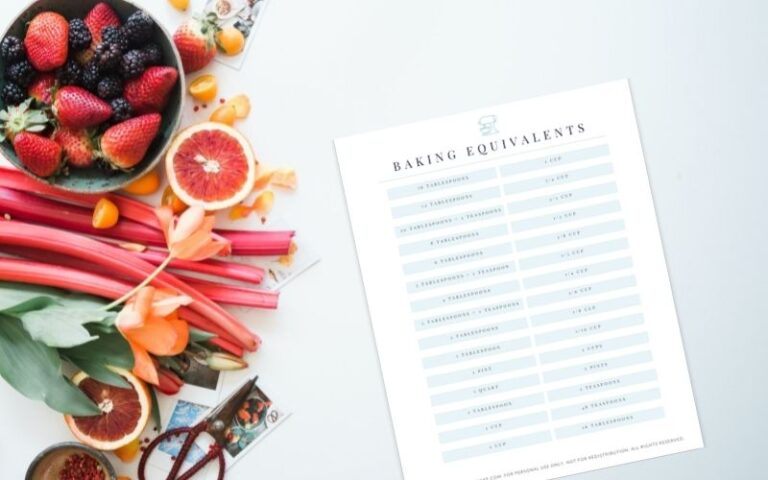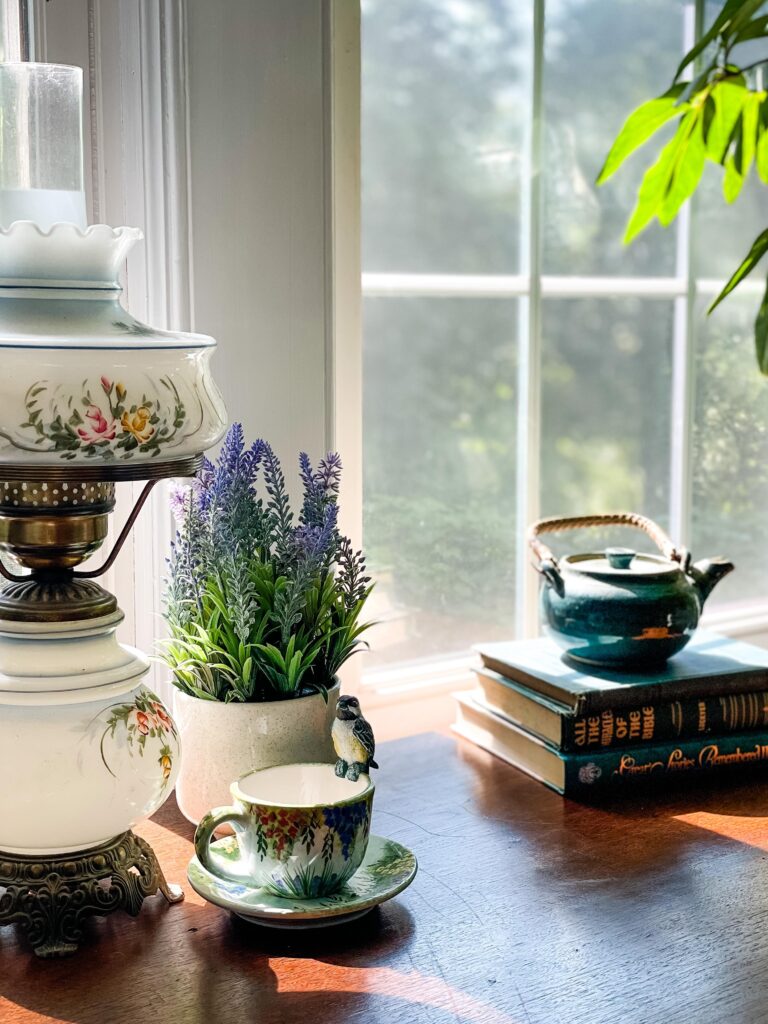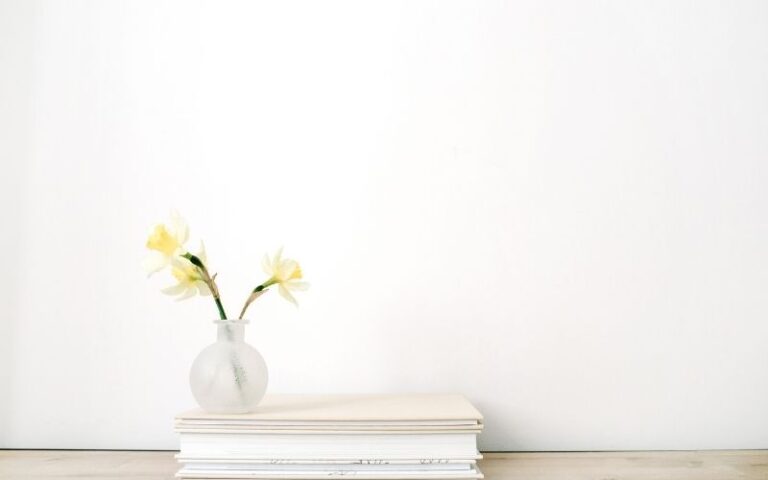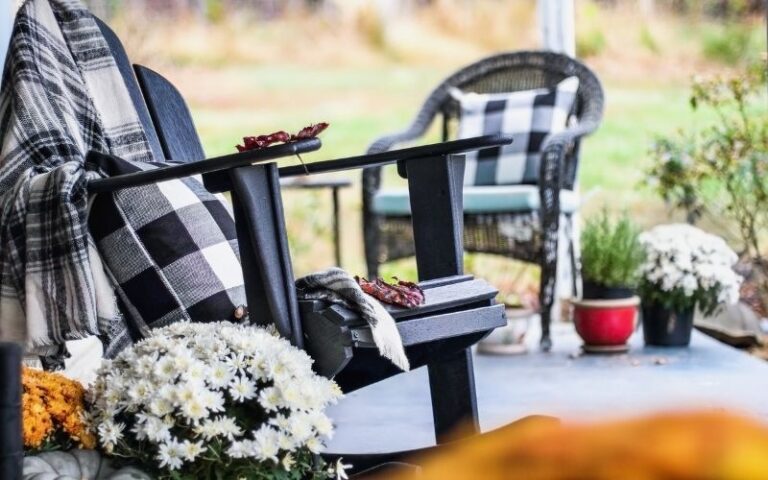Decluttering Your Home in 4 Easy Steps
Have you ever felt overwhelmed by the clutter in your home? I know I have. The chaos can be disheartening, but here’s the good news: decluttering your home is manageable, and you are more than capable of overcoming the clutter in your home. The key to decluttering your home and keeping it that way is really about changing your lifestyle and habits, but let’s start with how to declutter your home in 4 easy steps.

I can wholeheartedly relate to the overwhelm you might be feeling when faced with clutter in your home. Believe me, I’ve been in your shoes, struggling with towers of books, heaps of clothes, a countertop clogged with trivial items, and a heart being squeezed by a sense of despair.
Table of Contents
Understanding the Impact of Clutter on Your Well-being
It’s no secret that a cluttered space can weigh us down emotionally. But did you know there’s actual science behind this? Clutter bombards our minds with excessive stimuli, causing our senses to work overtime and leaving us feeling stressed. Also, clutter sends signals to our brain that our work is never done, creating a perpetual state of unease.
- Clutter can increase levels of cortisol, a stress hormone, in the body.
- Psychologists have found that clutter can negatively impact mental well-being, leading to increased anxiety and feelings of frustration.
- Research shows that a cluttered environment can lead to procrastination.
- Clutter can also distract us, reducing our ability to focus and process information effectively.
I can personally attest to this! My mind always seems to be pulled in countless directions when my surroundings are in chaos. Do you ever feel that way? I know that for me, clutter – especially visual clutter – makes me feel stressed and I feel so much better when my home is reasonably neat. I’m not talking about perfection – just tidy.
Here’s the great news: decluttering your home doesn’t have to be a huge task. I say this from first-hand experience. Plus, you don;t need to be a minimalist to live clutter-free (I certainly don’t, haha!).
Simple Steps to Declutter and Reclaim Your Space
Clutter was a REAL problem in my house for many many years. My husband grew up very poor and his mom was a single mom who struggled to give her kids stability. They often moved to a new town – sometimes in the middle of the night – and he was forced to leave his belongings behind many times. He struggles to get rid of stuff that we don’t technically need.
I was beside myself with the clutter in our house! I just wanted space but it felt so overwhelming. Slowly but surely I worked on the clutter and worked on his mindset and we’ve managed to declutter most of our house – it’s a work in progress! Experts suggest starting decluttering with small, manageable tasks to avoid feeling overwhelmed.
That’s what we did in our house. The truth is, for most of us, clutter doesn’t just happen overnight – it accumulates over months and years until you feel overwhelmed by the amount of stuff in your house. Decluttering doesn’t happen overnight either. We’ve been in our house for over 20 years and it’s amazing how much stuff you collect over the decades!
So, to get started, let’s focus on one small step at a time. Here’s a simple strategy that I found extremely helpful in my decluttering journey.
4 Steps to Decluttering Success
The first steps in decluttering might seem challenging, but remember: the hardest part is just getting started. Start small, maybe with your bedside table or that drawer you’ve been avoiding. Success breeds success, and each little victory will motivate you to keep going.
- Choose one room or area in your home to start with. Make it a manageable area so you don’t get overwhelmed.
- Set a reasonable time daily for decluttering. Even 15 minutes can make a big difference! I encourage women to spend 10 – 15 minutes decluttering each day to maintain your clutter free home!
- Divide your area into sections and declutter one section at a time.
- Keep three boxes or bags for items to “Keep”, “Donate”, and “Trash”.
Remember, the key is to start small and be consistent. It’s not about perfection, it’s about progress. And trust me, each little step you take towards decluttering will help reduce your stress levels.
Side note: A few things to consider when donating. It’s important to know what not to donate to the Goodwill such as items that are broken, personal hygiene products or used underwear, and things like paint or other chemicals.
Remember that each donation should be in good condition and something you would feel comfortable giving to someone else. If you’re unsure about an item’s suitability for donation at Goodwill, it’s always best to contact your local branch directly for clarification before dropping off your donations.
So, are you ready to take that first step? Regularly scheduling time for decluttering, such as 15 minutes a day, can help maintain a clutter-free environment.
The Art of Letting Go: How to Decide What Stays and What Goes
Deciding what stays and what goes can be a challenge. But remember, decluttering isn’t about purging everything, but curating your space with items that bring you joy, serve a practical role, or both. It might feel daunting but take a deep breath, folks. I recommend beginning with a ruthlessly honest question, ask yourself: “Is this item serving a purpose or adding value to my life?”
This is powerful because it enables you to differentiate between what you really need, as opposed to what you’re holding onto just for the sake of it. Nostalgia can often cloud our judgement, make sure you differentiate between sentimental value and practical need.
That’s not to say that sentimental possession do not serve a purpose unless they are useful. It’s okay to keep sentimental possessions to a degree and only you can decide what needs to stay and what needs to go.
One of my favorite tips that I continue to practice today is: If you haven’t used a particular item for over a year, it’s highly likely you don’t need it.
Be patient with yourself. Decluttering may take time and that’s perfectly fine. Some emotional rollercoaster moments might happen as old memories can show up. Remember, it’s okay to feel what you feel. Know that the result is creating a peaceful living environment for your wonderful selves.
Where to Start
- First, assign a home for each item in your living space. Creating designated spaces for items can help keep a home organized and prevent clutter from accumulating.
- Then, if it doesn’t serve a purpose or hold genuine sentimental value, consider if it truly deserves a place in your house and life. You’ve got this!
Of course, this is often easier said than done. I just want you to remember that just because it’s hard doesn’t mean it’s not worthwhile. You’ll feel better when it’s done – so hold onto that promise!
What About Sentimental Items?
This is one of those questions I receive on a regular basis. What to do with sentimental items when decluttering?
Sentimental items often pose a unique challenge when it comes to decluttering. These items, be it a childhood toy, a family heirloom, or a souvenir from a memorable trip, hold a special place in our hearts and are often associated with fond memories and emotions. It’s natural to feel attached to these items and want to hold onto them.
Start by sorting your sentimental items into categories. This could be based on the type of item, the person it’s associated with, or the event it represents. This will help you see exactly what you have and make it easier to decide what to keep and what to let go.
The goal of decluttering is not to get rid of everything, but to create a space that feels comfortable and stress-free. Choose items that truly mean a lot to you and find a special place for them in your home.
If you’re struggling to let go of certain items, consider taking a photo of them before you part ways. This way, you can keep the memory without keeping the physical item. You could also consider repurposing items into something more useful or meaningful.
Another option is to pass on items to someone who would appreciate them. This could be a family member, a friend, or even a charity. Knowing that your beloved items are being used and appreciated can make it easier to let them go.
Remember, decluttering is a personal journey and everyone’s process will look different. Be patient with yourself and take it one step at a time. With each item you let go, you’re creating more space in your home and reducing your stress.
Your decluttering journey may have its share of challenges, but remember, these are your possessions… you own them, they don’t own you! Start where you are. Use what you have, do what you can, and watch the process happen.
You’ve got this, because at the end of the day, you’re doing this for you and your family!
So what’s your first step toward decluttering? I’m can’t wait to hear about it in the comments below. Is there a particular room in your home that you’re planning to start with?





